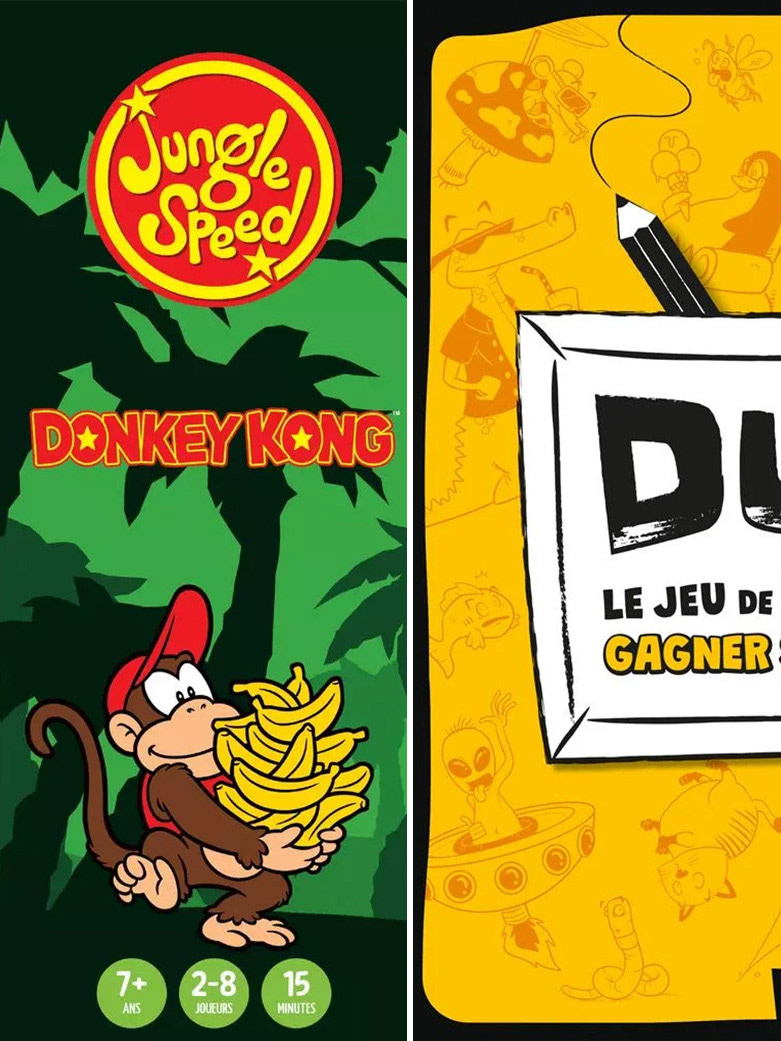As presented here, I created the crystal and its base following these steps: sculpting in ZBrush, retopology in ZBrush, UV mapping in ZBrush, and baking and texturing in Substance 3D. For the terrain, I used SideFX Houdini; however, I could not use HDA export because I am using the Apprentice version, which unfortunately does not support the Houdini Unreal Engine plugin. This limitation didn’t bother me or stop my progress, as I was able to perform the retopology using ZBrush.
ZBrush is amazing for the numerous possibilities it offers. I appreciate using it for retopology; it’s incredibly practical, powerful, and a significant time-saver.
After creating the UVs, I painted the textures in Substance 3D and then exported them to Unreal Engine.
It took me many hours to create the entire node chain for the crystal material, as I wanted it to resemble an ice cube or something similar. I eventually found some documentation online that was extremely helpful (https://vegabeyond.com/2020/03/28/UEMaterial-IceAndCrystal/). I made only minor adjustments, and I really enjoy the final result.
I love Unreal Engine 5 and all the improvements it has made since version 4! I find myself using it more and more for all the real-time projects I need to complete. Finally, I created a little FX to delve deeper into Niagara and placed it around the crystal base. I rigged and animated the crystal in Blender. I concluded this course by adding a post-process blur, combined with the default motion blur in UE. I also utilized the UE sequencer, which is fantastic, along with Adobe Premiere, incorporating a copyright-free soundtrack I found online.









